A couple of weeks ago we travelled over to Appleby for an autumn break in a rather nice, cosy cottage. It’s a good time of the year – quiet (it was the week before half term) and although the weather was mixed, with some rainy days, we had an enjoyable stay in a small town in the Eden Valley that we’d never visited before.
Appleby was the former county town of the former county of Westmorland, was absorbed into the newly created county of Cumbria as part of local government re-organistaion in 1974, when it officially renamed as Appleby-in-Westmorland. It’s probably best known for the annual Horse Fair in June, when many hundreds of members of the Gypsy and Traveller community from across the country descend on the small town to trade horses, show off and generally have a good time. For the rest of the year, being a little off the beaten track (although only a short drive from the eastern Lake District – we could just about see Blencathra peeping over the houses from one of the windows of our cottage) it’s much quieter, with a population of only around 2,500, although nowhere near as busy as the Lake District, it does attract some tourists and visitors wanting to take advantage of it’s location in pleasant countryside close to the high Pennine hills and only a short drive to the eastern lakes.
Originally an Anglo Saxon (and later Norse) settlement, the “new town” was built in the loop in the river Eden by the Normans, in conjunction with the castle, later home to Lady Anne Clifford during the 17th century. The castle, with the restored Norman Keep, is now a hotel. The grounds can be visited for a fee but were not open during our stay, which was a pity as I’d have liked to explore them and also get a look at the Keep which wasn’t really visible otherwise from the road.
We were staying at the top of the main street, Boroughgate, just opposite the entrance to the castle grounds. It’s a broad, tree lined, thoroughfare with attractive old houses, many built of the local red sandstone on both sides, with the old parish church at the bottom of the hill near the river.
Lady Anne Clifford and her mother are both buried here.
There were a small number of shops which included two independent butchers selling top quality produce, a bakers and a greengrocers as well as a couple of pubs. Here’s a few pictures of the street
Further upstream, past the castle, there’s a footbridge over the river to Bongate which was the location of the original settlement
On arrival we had a stroll along the river and then bought a few supplies from the butcher, the baker and grocer (not the candlestick maker) and then settled into our cottage for a relaxing evening, making plans for what we might get up to during the week – more posts to follow!
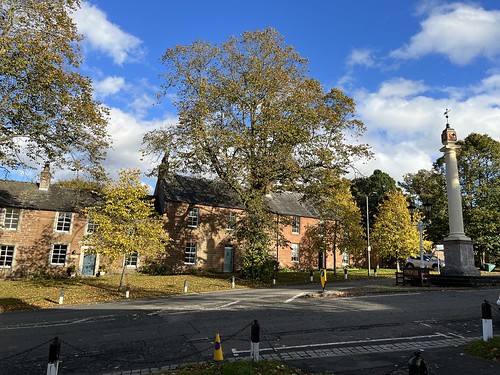
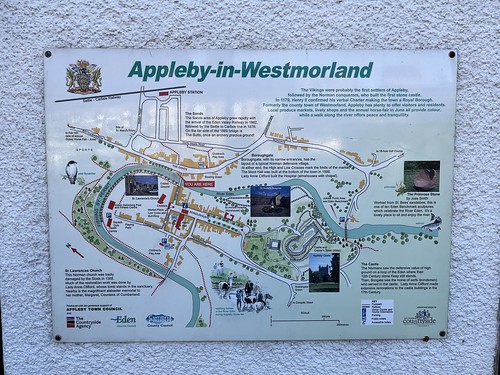
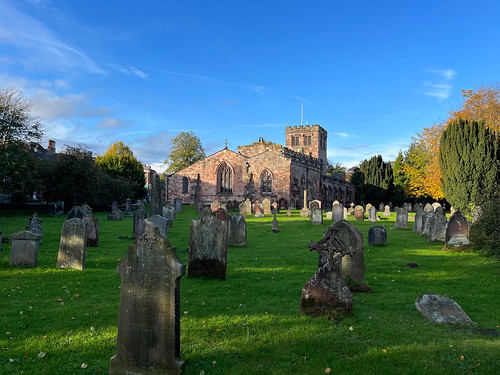
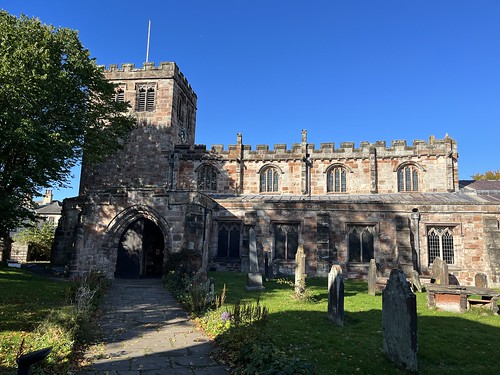
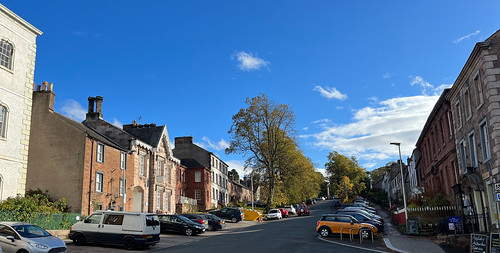
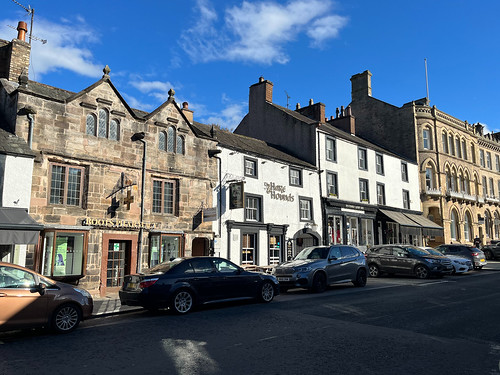

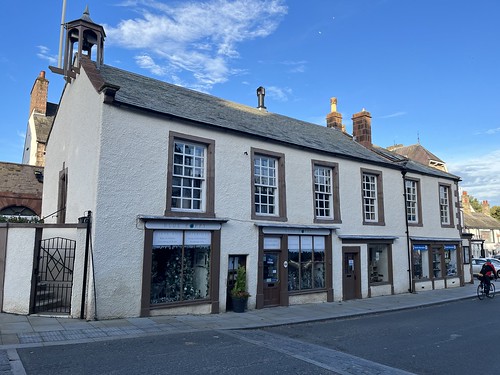



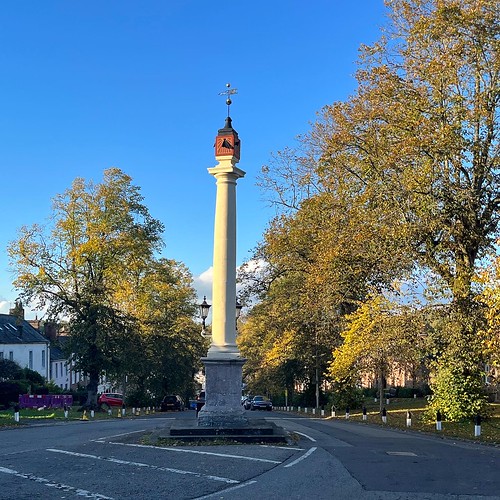
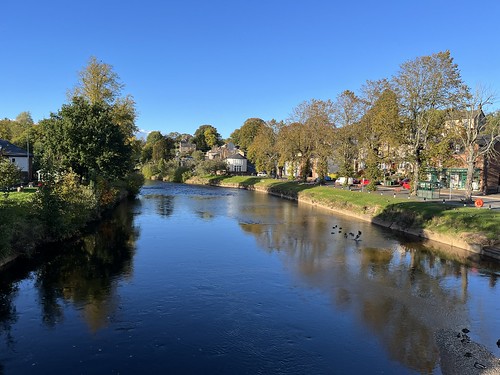
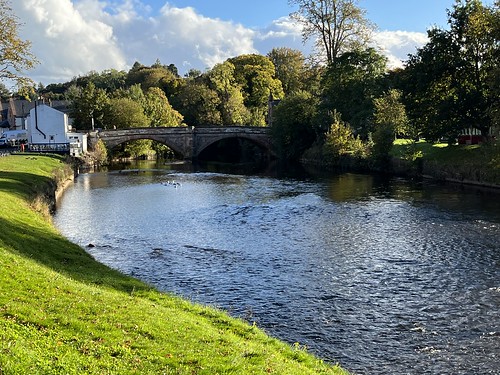
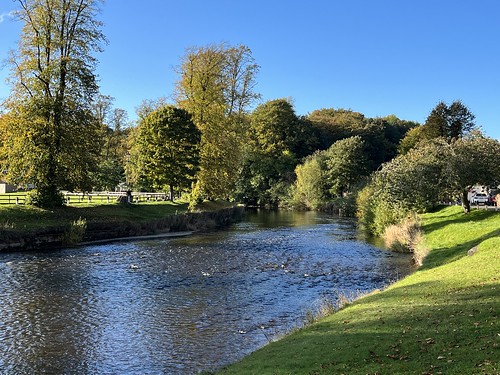
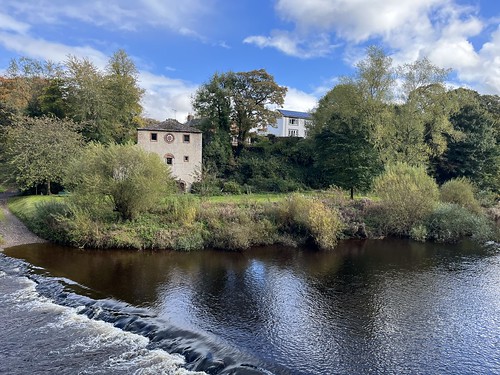
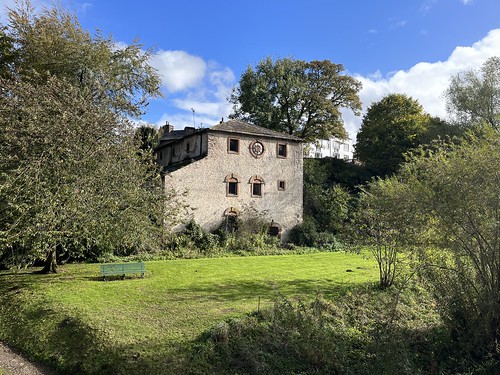

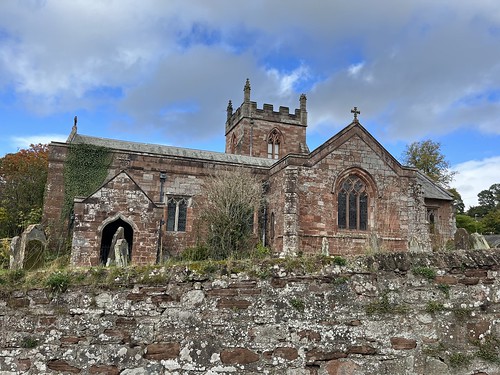
I’ve often thought about going to Appleby but not managed it yet. It looks really nice and your photos are great, especially the views along the river 🙂
I think you’d like it Eunice. A pleasant little town and an attractive river. Good for a few hours stop off.
Also one of the cheapest places to buy a house in Britain! For reasons that baffle me. Three walking trails pass through the town too.
That does surprise me, John. Perhaps as it’s a little off the beaten track.
Good morning!! I am also blogging with you.
ការភ្នាល់បាល់ទាត់ស្តង់ដារពិភពលោក
Pretty town. Sorry about the marauding Scots – but it was a long time ago!
😉
It’s a lovely little town. I stayed there a couple of times when I worked for British Gypsum many years and was visiting the factory at Kirkby Thore
I could see the cloud of water vapour, I assume, rising from the factory when I was over at Dufton and the fells
Ahh glad you found Appleby. I have been a couple of times, there are some lovely buildings, which you have captured. I have yet to find that particular Eden Benchmark though, found a few of the others. Maybe one for the Spring when the other primroses are out.
The sculpture is on the bank near the Bongate mill. To get to it you either need to park near the mill or if in the town walk down Shaws Wiend near the castle, down the hill then turn left down Castle Bank that leads down to the river. Cross over the footbridge and the sculpture is by the river on your left in the picnic area!
We haven’t been to Appleby yet. Looks like a great day out.